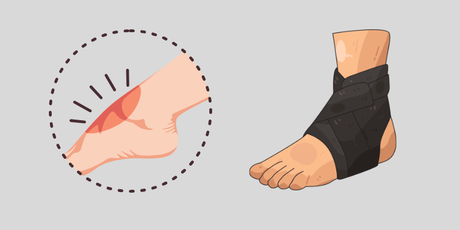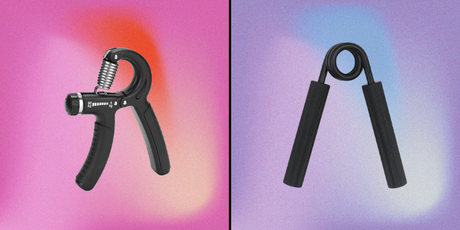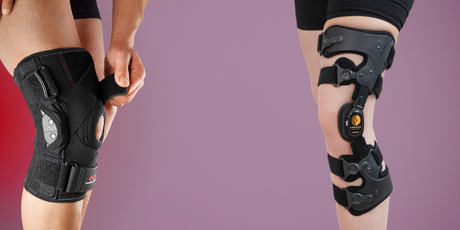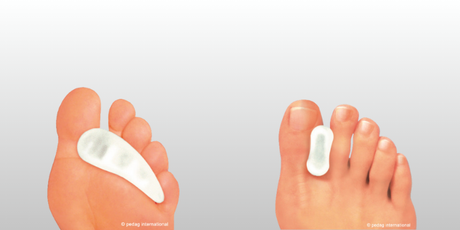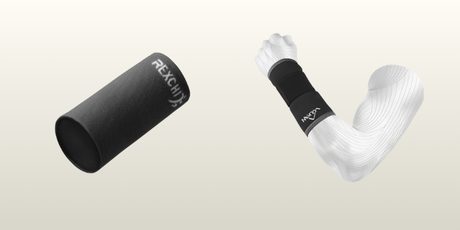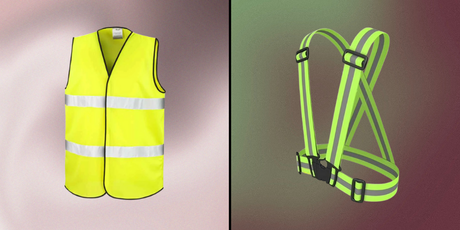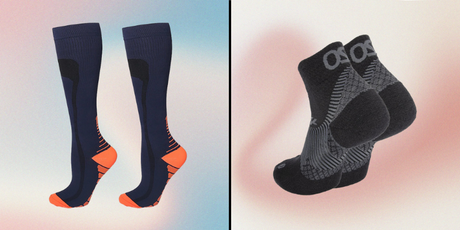Poor posture is more than just a cosmetic issue — it’s a health concern affecting millions who spend long hours at desks or on digital devices. If you’ve ever felt the tension in your neck or tightness in your shoulders after a day at your computer, you’re not alone. Posture correctors offer a potential solution, but how do they work — and are they right for you?
In this expert guide from Sportsmart, we explain the science behind posture correctors, how to use them effectively, and which type suits your body and lifestyle.
Why Good Posture Is Crucial for Health and Wellbeing
Bad posture does more than make you slouch — it can cause:
- Chronic back and neck pain
- Fatigue and poor circulation
- Digestive issues
- Lower confidence and mood
According to physiotherapists, maintaining proper alignment supports not only spinal health but also cognitive focus and energy levels. That’s why posture tools — when used correctly — can play an important role in your daily routine.
How Posture Correctors Work (Mechanics Explained)
Posture correctors are designed to gently retrain your body into proper alignment. They work through a combination of support, feedback, and muscle activation:
1. Physical Support
Traditional posture braces pull your shoulders back to prevent hunching. This support reduces tension in the neck and upper back.
2. Feedback-Based Correction
Smart posture correctors use vibration alerts or mobile apps to notify you when you’re slouching — training your body to self-correct over time.
3. Muscle Engagement
By realigning your spine, these devices encourage underused postural muscles to activate — key for building muscle memory and long-term improvement.
Types of Posture Correctors (And How to Choose)
Not all posture correctors are created equal. Here's a breakdown of popular options available at Sportsmart, including pros and cons:
Shoulder Braces
Best for: Mild slouching or rounded shoulders
These braces gently pull the shoulders back, improving upper body posture and awareness.
Try: Check out top-rated shoulder braces
Full Back Braces
Best for: Severe misalignment or back pain
Offering lumbar to upper back support, they’re ideal for longer wear or rehab support.
Try: Take a look at our full-support back braces
Posture Shirts
Best for: Discreet daily wear
Compression shirts use sewn-in tension panels to encourage upright posture — comfortable enough for work or workouts.
Smart Posture Devices
Best for: Tech-savvy users
These gadgets provide vibration alerts or app-based progress tracking. Great for building awareness and consistency.
Bonus Tip: Some users wear them for just 30 minutes a day to create long-lasting posture changes.
Benefits of Posture Correctors (When Used Properly)
Used alongside physical activity, posture correctors can:
- Increase body awareness
- Relieve temporary discomfort caused by poor alignment
- Support healing during injury rehab
- Help build habitual upright posture
However, they should not replace muscle-strengthening exercises or medical advice.
Potential Drawbacks (And How to Avoid Them)
Posture correctors aren’t miracle fixes. Here's what to watch for:
- Overuse: Wearing them too long can make muscles reliant. Use as a reminder, not a crutch.
- Poor fit: Ill-fitting braces can cause chafing or restrict movement.
- Limited results without exercise: The best outcomes come from combining correctors with strength and flexibility work.
Exercises That Enhance Posture Corrector Results
To reinforce your posture journey, add these daily movements:
Strengthen
- Planks
- Rows (resistance band or dumbbell)
- Reverse flys and Y-T-W exercises
Stretch
- Chest openers
- Neck and shoulder rolls
- Cat-Cow (yoga)
Posture Habits
- Practice mindful sitting: feet flat, hips aligned
- Use a standing desk if possible
- Set reminders to take movement breaks every 30 minutes
Choosing the Right Posture Corrector for Your Body
Before you buy, ask:
- Do you need support for your shoulders, upper back, or entire spine?
- Do you prefer a discreet, wearable solution or adjustable brace?
- Will you wear it under clothes or during workouts?
- Do you want smart feedback technology?
Pro Tip: For personalized advice, consult a physiotherapist or spine health specialist.
Final Thoughts: Are Posture Correctors Worth It?
Yes — when used as part of a broader posture-improvement routine. They’re especially helpful if:
- You're recovering from an injury
- You sit or stand for long hours
- You need consistent posture reminders
Just remember: correctors should support, not substitute, healthy movement and strength-building.




